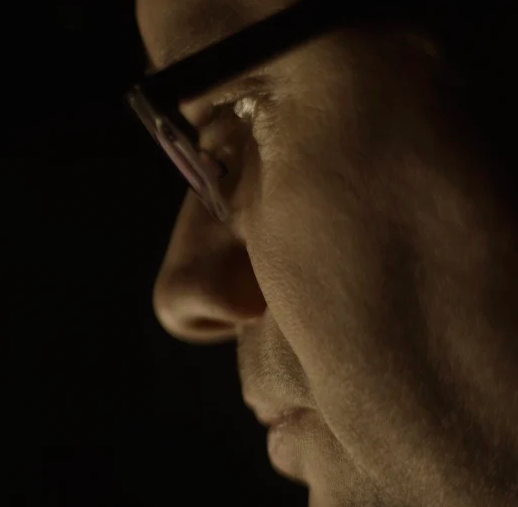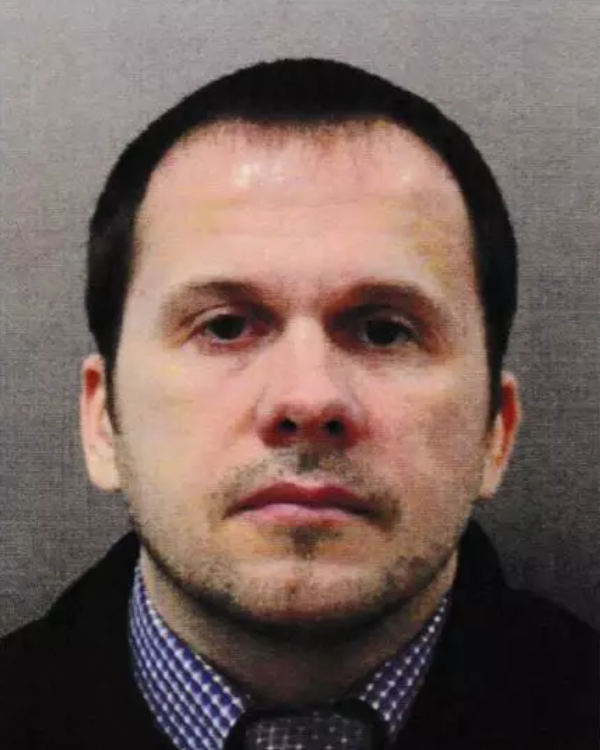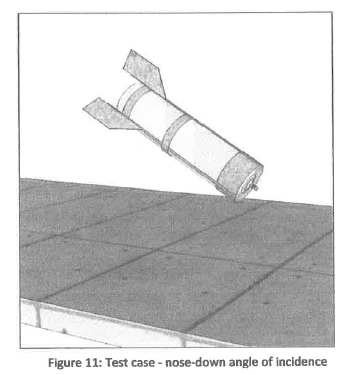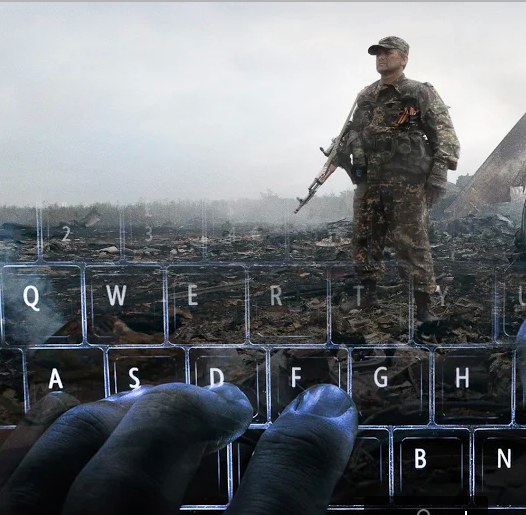
The confounding paradox is that we live in a terrible time for journalists and a great time for journalism. The news industry is shedding reporters and cutting costs as the tools available for news reporting grow more powerful. As the supply of news content expands, the market price that people will pay for it is constantly dropping. And so, the inexorable law of supply and demand (enabled by the gods of Google) starves the newsgathering profession.
On the other hand, the realities of social media, surveillance capitalism, and crowdsourcing have generated marvelous investigative tools that enable otherwise impossible journalism—and elevate a few journalists along the way.
Six years ago, Christiaan Triebert was a Dutch undergraduate student studying philosophy and following the Syrian civil war via an online blog named after a Frank Zappa song. Now he is a “visual investigations” reporter for the New York Times and one of the stars of “Bellingcat: Truth in a Post-Truth World,” an absorbing documentary with the pace and plot of a spy thriller, which will close the Human Rights Film Festival at New York’s Lincoln Center on June 20.

The film, directed by Hans Pool, follows the rise of Eliot Higgins, a British stay-at-home dad with no special technical skills, who started blogging about the Syrian civil war in 2012. By identifying weapons from industry and government videos and matching them to satellite and social media imagery from the battlefield, Higgins could tell a new kind of story. He could pinpoint when the rebels had used the shoulder-launched missiles known as MANPADS, or where the Syrian government had dropped chlorine barrel bombs. He was perfecting the art of geolocation.
As Higgins’ work on his “Brown Moses” blog was picked up by Western news organizations shut out of the Syrian battlefield, he attracted passionate followers. Triebert embraced his methods with the thrill of discovery while still pursuing traditional journalism. He launched himself as a freelance foreign correspondent.
He traveled to the Syrian battlefront. In Iraq, he embedded with the Kurdish peshmerga fighters. He went to Ukraine in February 2014 as the Euromaidan demonstrations convulsed Kiev. And he ran, head on, into the dismal realities of supply and demand.
“Everywhere I went, there were better, more experienced writers than me,” Triebert said in a phone interview. “I was not adding anything new to the story. But I could fact check claims.”
He started documenting the details of U.S. and Russian air strikes on ISIS strongholds in Iraq and Syria. When he confirmed the date and place of the strike, he tweeted the results, which were picked up by reporters in the field.
In 2014, Higgins created the site Bellingcat.com. The next year he invited Triebert to join on his team of volunteers. This clique of men (and it was all men) would obsessively scour social media and satellite imagery to investigate news stories.

The film braids together several different investigations. The Bellingcat amateurs used social media posts from Russian soldiers and video from the horrific crash site of Malaysia Airlines Flight 17 (MH-17) in July 2014 to determine that a Russian anti-aircraft battery had downed the plane over Ukraine. Triebert tracked video of the murderous rampages of Libyan warlord Werfalli, leading to his indictment for war crimes. Investigators in Russia identified two Russian GRU operatives sent to poison renegade intelligence officer Sergey Skripal in Salisbury, England, in March 2018.
In traditional journalism, Higgins notes, “the standards of the news organization are the basis of trust.” In citizen journalism, “trust is generated by transparency.”
Fact Checking
The film captures the blowback that Higgins and company soon faced. Like Bellingcat’s reports on Syrian chemical weapons attacks, the MH-17 and Skripal findings were furiously denied by the Russian government. Higgins was mocked for working from home and not speaking Arabic. Bellingcat, said the U.S.-based MintPress, was a “war propaganda firm.”
Bellingcat’s open-source methodology makes such accusations eminently checkable. Is Bellingcat’s reporting reliable? Or is it propaganda?
In the end, Ukrainian and international aviation authorities confirmed the MH-17 findings. An Associated Press reporter traveled to the remote home town of one of the would-be Skripal assassins and learned he had won a GRU medal—just as Bellingcat had reported. Investigators from the Organization for the Prohibition of Chemical Weapons (OPCW) and Human Rights Watch came to the same conclusion as Bellingcat investigators about multiple chemical attacks in Syria.

What about the leaked OPCW memo that raised questions about a single chemical attack in April 2018? The memo, while noteworthy, does not say anything about, much less refute, Bellingcat’s findings about other chemical attacks in Syria.
It is true that Bellingcat’s stories were amplified by Western news organizations and cited by advocates of Western intervention in Syria. It is true that Higgins had a fellowship at the Atlantic Council, NATO’s think tank in Washington from 2016 to early 2019. He co-authored Council reports condemning Russian intervention in Syria and Ukraine.
But, just because Bellingcat’s reporting was used for political purposes that some people (including me) oppose doesn’t mean it was inaccurate. Or that Bellingcat skews its coverage to suit funders or governments.
“The fact that Eliot worked at a NATO-established think tank didn’t result in pro-NATO coverage at Bellingcat,” notes Triebert. “Besides, he doesn’t work there anymore.”
The diversity of Bellingcat’s investigations debunks the idea that the organization is reflexively pro-war or pro-American. The Yemen Project aims to shed light on a war that the United States supports and seeks to keep secret with the goal of producing “verified material viable for court cases,” meaning war crime prosecution. The most likely targets of such prosecution are U.S. allies.
A March 2017 Bellingcat report refuted Pentagon denials of responsibility for a U.S. attack on a mosque in the Syrian village of Al Jinah that killed two dozen people.
“If we hadn’t investigated, the U.S. would still be denying the attack,” Triebert says.
Bottom Line
In my experience, Bellingcat is credible. I relied on Bellingcat when reporting on how Raytheon was profiting from the carnage of Yemen’s civil war. Their information about civilian casualties was solid and in no way “war propaganda.”
The Bellingcat method, Triebert admits, is strongest on the “who, what, where and when” questions of a news story. “It’s not so much about the why,” he said. “That’s why Bellingcat is not a journalistic medium per se.”
Geolocation, he says, “is a tool of investigation and analysis that can be used for human rights, the law, or the media.”
At the film’s end, Bellingcat has become a self-sustaining enterprise with aspiring geolocators paying $2,350 a head for a five-day training. Its methods are being adopted by advocacy groups and international courts, as well as news organizations. And its leading practitioners like Triebert have landed good jobs at the Times, BBC, and other sites.
Bellingcat is not the salvation of the profession, but it is good news for an embattled profession, the rare development that is good for journalism and good for journalists.



